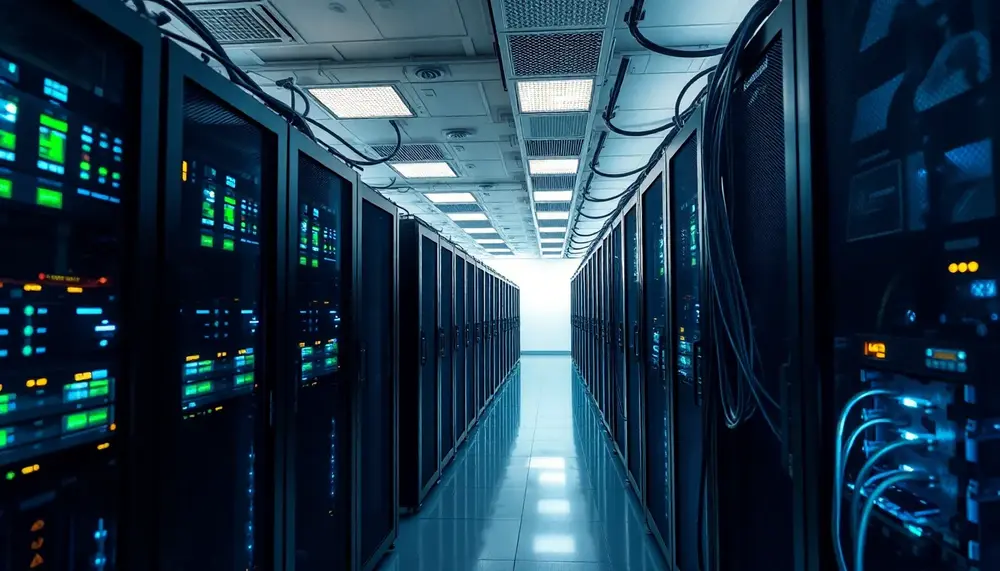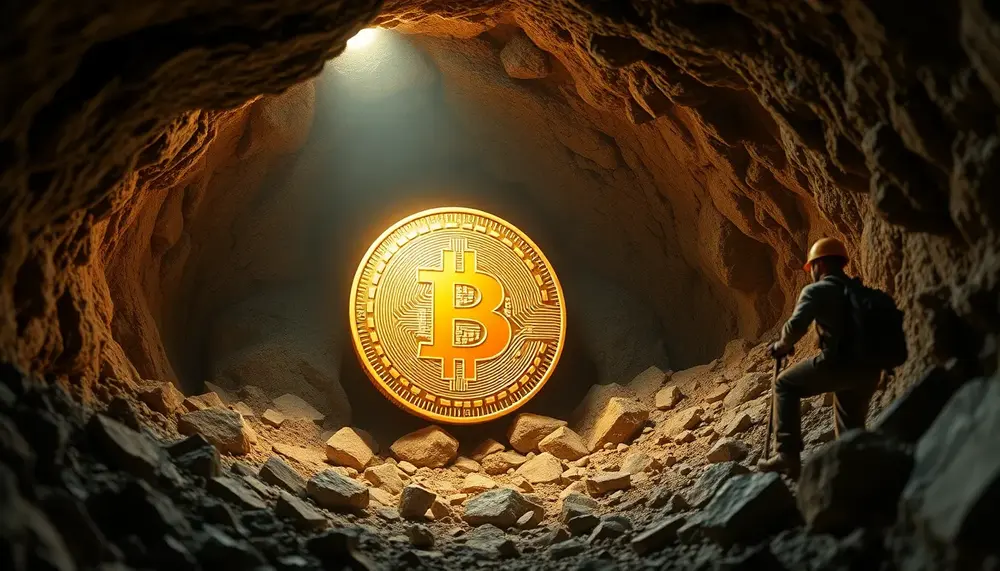Block Reward
Block Reward
Bitcoin mining is a complex process that involves solving complex mathematical equations. In return for this work, miners receive a certain number of bitcoins known as a block reward. Let's delve a bit deeper into understanding this concept.
What is Block Reward?
The block reward is a number of Bitcoins given to a miner after successfully adding a block to the Bitcoin blockchain. It serves as an incentive for miners to perform and maintain the network's operations.
The Role of the Block Reward
The block reward is not merely a bonus for the miners. It plays a fundamental role in the Bitcoin ecosystem. It is the primary method by which new bitcoins enter circulation. Without the block reward, there would be little incentive for miners to keep processing transactions, which are vital for the Bitcoin network's stability and security.
The Decreasing Nature of the Block Reward
What's unique about the block reward is that it's not a constant figure. Every 210,000 blocks mined, or approximately every four years, the block reward halves in an event known as 'the Halving.' Initially, the block reward was 50 bitcoins, but it has been reduced over time and currently stands at 6.25 bitcoins. This mechanism was put into place to control the supply of Bitcoin and prevent inflation.
Impact of the Block Reward on Bitcoin's Value
The fluctuating block reward and the finite amount of Bitcoin that can ever exist (21 million) create a level of scarcity. This scarcity is one of the potential reasons behind Bitcoin's increase in value over time.
In summary, the block reward is an essential part of Bitcoin mining that encourages miners to contribute to network operations. It's crucial to understand the concept of block rewards as they play a massive role in the creation and distribution of Bitcoins, affecting their value in the long run.
Blog Posts with the term: Block Reward

This guide simplifies Monero solo mining with XMRig, covering setup and optimization to mine efficiently. It explains the benefits of using XMRig, necessary hardware requirements, and how to set up a Monero wallet for secure fund management....

Monero mining with CPUs is accessible and cost-effective due to the RandomX algorithm, which optimizes CPU performance over GPUs; top processors include AMD Ryzen 9 3950X and Intel Core i9-10900K. Benchmarking involves measuring hash rates and power consumption using software...

This guide provides a comprehensive overview of setting up an Ethereum mining rig, covering essential components like GPUs and motherboards, as well as key concepts such as Proof of Work (PoW) and hashrate. By the end, readers will understand how...

Crypto mining on a Mac is possible but requires careful planning due to hardware limitations and software compatibility issues. To optimize performance, choose the right mining software like CGMiner or MacMiner, manage background processes, update your system regularly, and consider...

Choosing between mining pools and solo mining involves weighing the benefits of shared resources, steady income, and community support against the autonomy, full reward retention, and privacy offered by going it alone; each option has its own set of challenges...

Bitcoin mining costs are heavily influenced by electricity expenses, which vary globally and can determine the profitability of operations; miners must balance efficiency, location advantages, and regulatory environments to succeed....

This article provides an introduction to Bitcoin Mining ROI (Return on Investment) and explains how it is calculated. It discusses the factors that affect mining profitability, such as electricity costs, hash rate, block reward, Bitcoin price, and mining difficulty. It...

Monero mining involves validating transactions using computational power, with miners rewarded through a combination of decreasing block rewards and transaction fees. The unique tail emission mechanism ensures perpetual miner incentives by stabilizing the reward at 0.6 XMR per block once...

Bitcoin mining involves solving complex puzzles, requiring significant electricity consumption which impacts profitability; factors like hashrate, hardware efficiency, and regional electricity costs play crucial roles in determining energy expenditure. Technological advancements such as ASICs and smart software improve efficiency by...

Cloud mining allows individuals to mine cryptocurrencies remotely by leasing power from data centers, and Binance offers such services through its platform. Users can purchase contracts on Binance Cloud Mining without needing personal hardware or technical knowledge, but profitability is...

The article compares solo and pool mining for Monero, detailing their respective advantages and disadvantages. Solo mining offers full block rewards but is resource-intensive with inconsistent payouts, while pool mining provides more consistent earnings by combining computational power at the...

Bitcoin's mining reward system, which reduces rewards through halving events approximately every four years to maintain scarcity and influence market dynamics, plays a crucial role in shaping Bitcoin's value and technological evolution. These halvings impact supply by capping it at...

The article provides a guide on setting up and optimizing an M1 Mac for Ethereum mining, highlighting the capabilities of Apple's M1 chip in handling computational tasks efficiently due to its advanced architecture, powerful CPU/GPU, and energy efficiency. It includes...

Mining pool payout schemes determine how rewards are distributed among miners, with options like Pay-Per-Share (PPS) offering predictable payouts and others like Proportional rewarding based on contribution during block rounds. Each scheme has unique benefits tailored to different miner preferences...

The Verus Hashrate Calculator is a tool for estimating potential earnings and costs in VerusCoin mining, emphasizing the importance of choosing appropriate hardware and software while understanding network parameters to optimize profitability. It guides users through inputting data like hashrate,...
